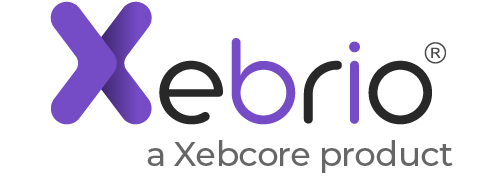Requirement Management Guide
What is requirements management?
Why is requirements management important?
How are requirements managed in an organization?
- Stakeholder roles and responsibilities
- Requirements gathering & management process
- Types of requirements
- Requirements artifacts
- Requirements naming and versioning convention
- Requirements prioritization
- Requirements traceability
- Requirements versioning
- Requirements baseline
5. Requirements naming and versioning conventions
Requirement attributes are properties of a requirement such as the name, ID, and the version. Attributes capture important additional information about a requirement. This information can subsequently be used to answer queries about the status of the development project.
Requirement attributes are identifiers of requirements. A variety of attributes are used for requirements. Sometimes different kinds of information have to be documented for different attribute types –– functional requirements have to be documented differently than non-functional requirements.
The following is an example of requirement attributes: Some attributes are best described as a number, while others are best described as a date or a freeform text field. The type of the attribute is naturally dependent on the kind of information identifying the requirement do you want to log.
- Serial Number/ ID: The unique number or code assigned to the requirement to be able to identify it accurately.
- Date & Time Estimate: Depicting when the requirement will be worked on and when it will be met.
- Priority: A value(s) depicting the relative importance of the requirement in the project according to the stakeholders (high, medium, low).
- Assigned to: A value representing the entity (person or team) in the organization that is responsible for making sure the requirement is met.
- Completion Status: The progress of the implementation of a requirement. It can have different statuses such as (Complete, Partially Completed, Not Started, etc.) When these attributes are assigned values for each requirement, it becomes easy to note the desired information just in one glance.
These attributes can also indicate the following:
- The number of requirements in the project and the tasks, milestones of the project that they are associated with.
- The volume of the high priority requirements being implemented
- Statuses of the requirements published.
- The teams or teammates that are in charge of certain responsibilities
- The impact of each requirement on the project, the risk involved in every step of the requirement fulfillment process, and the likelihood of being able to fulfill a requirement at all.
